The Tower of London, a formidable fortress commissioned by William the Conqueror, has long captivated visitors with its rich history and the dazzling Crown Jewels, a testament to the enduring legacy of the British monarchy. Beyond the breathtaking displays of regal opulence, the Tower’s complex narrative encompasses episodes of imprisonment, execution, and mysterious disappearances, weaving a compelling tale of power, politics, and the human drama that has unfolded within its ancient walls. To uncover the full depth of this iconic landmark’s significance, one must delve deeper into the many facets that have contributed to its enduring allure.
This experience made our list of the 20 Best Historical Tours In London.
Good To Know
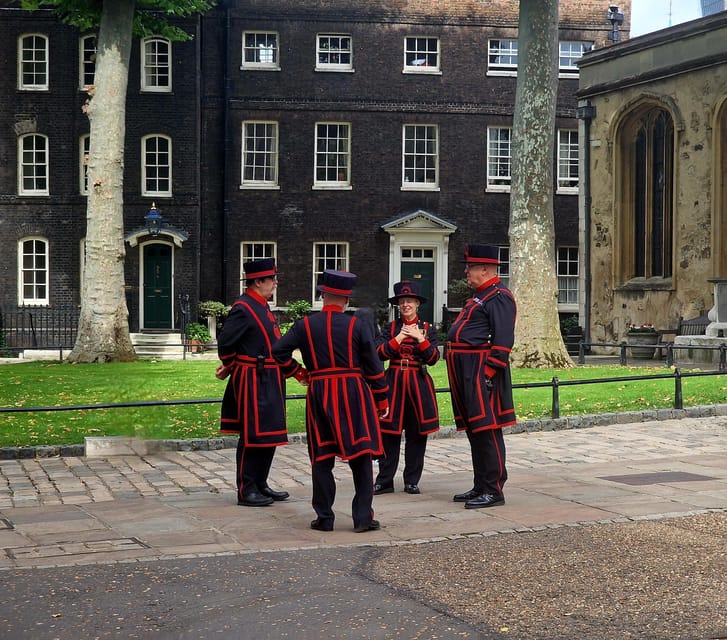
- The Tower of London has served as a royal residence, prison, and execution site, playing a central role in England’s turbulent history.
- The Crown Jewels, a priceless collection of regalia, including the iconic Koh-i-Noor diamond, are on display at the Tower.
- The Tower’s architectural marvels, such as the White Tower and St. John’s Chapel, provide insights into the kingdom’s past.
- The Tower has been the site of numerous executions, including those of notable figures like Anne Boleyn and Lady Jane Grey.
- Visitors to the Tower must follow specific guidelines, including restrictions on prohibited items and accessibility considerations.
William the Conqueror’s Fortress
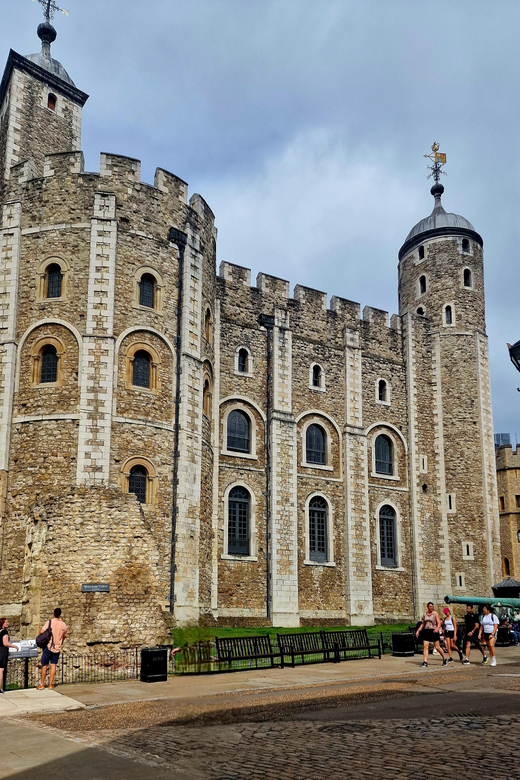
The Tower of London was established by William the Conqueror in the 1070s as a mighty fortress to solidify his hold over the newly conquered realm.
This formidable structure served as a royal residence, a prison, and an execution site over the centuries. It has witnessed significant events in English history, including the Wars of the Roses.
The Tower’s imposing walls and towers have stood as a symbol of power and authority, housing key historical figures such as Henry III, Edward I, and Elizabeth I.
Today, the Tower of London continues to captivate visitors with its rich royal history and the awe-inspiring Crown Jewels on display within its walls.
You can also read our reviews of more historical tours in London
Imprisonment, Execution, and Disappearance

Alongside its role as a royal residence, the Tower of London has also served as a notorious prison and execution site throughout its storied history.
Among the most infamous events was the mysterious disappearance of the two young Princes in the Tower, who were imprisoned by their uncle, Richard III, and were never seen again.
The Tower was also the scene of the executions of several prominent historical figures, including Anne Boleyn and Lady Jane Grey, both of whom were beheaded within its walls.
These dark chapters in the Tower’s past serve as a somber reminder of the power and politics that have unfolded within its formidable walls over the centuries.
Crowns, Sceptres, and Jewels
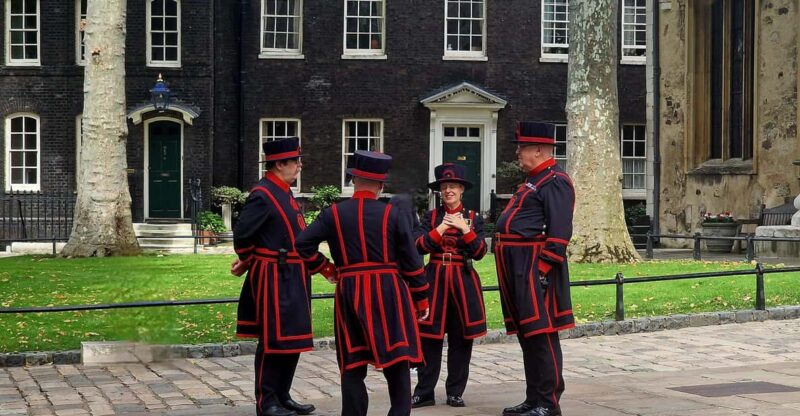
One of the true highlights of the Tower of London tour is the opportunity to witness the Crown Jewels, a priceless collection of regalia that has captivated visitors for centuries. Housed in the Jewel House, this stunning exhibition features the centerpiece of British royal heritage – the Imperial State Crown. Adorned with over 2,800 diamonds, including the legendary Koh-i-Noor, this crown is a testament to the power and grandeur of the monarchy. Visitors can also marvel at the Sovereign’s Sceptre with Cross, the Sovereign’s Orb, and other breathtaking pieces that symbolize the authority and sovereignty of the British crown.
| Item | Details |
|---|---|
| Imperial State Crown | 2,800+ diamonds, including Koh-i-Noor |
| Sovereign’s Sceptre with Cross | Symbol of royal authority |
| Sovereign’s Orb | Represents the Christian world |
| Coronation Spoon | Used to anoint monarchs |
| St. Edward’s Crown | Worn only during the coronation ceremony |
Armory and Architectural Highlights
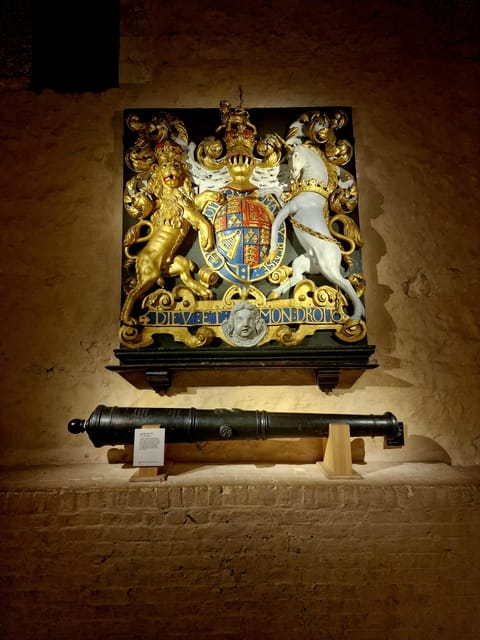
Beyond the dazzling Crown Jewels, the Tower of London also boasts an impressive collection of historic armory and architectural marvels that offer captivating insights into the kingdom’s past.
Visitors can explore the Tower Armory, which houses Henry VIII’s tournament armor, offering a glimpse into the lavish displays of power and pageantry at the Tudor court.
The White Tower, the iconic keep built by William the Conqueror, stands as a testament to the Tower’s enduring legacy as a seat of royal power.
Plus, the Church of St Peter ad Vincula and St Johns Chapel provide glimpses into the religious and ceremonial aspects of the Tower’s history.
These architectural highlights complement the Tower’s role as a symbol of English monarchy and its enduring significance in the nation’s history.
More Great Tours NearbySpiritual Sites Within the Tower

Within the storied grounds of the Tower of London, visitors can discover several spiritual sites that offer profound insights into the complex history of this iconic fortress.
The Church of St Peter ad Vincula, located within the Tower walls, is the final resting place for many notable figures, including Anne Boleyn and Catherine Howard.
Nearby, the serene St John’s Chapel showcases the Norman architectural style and was once used as a royal chapel.
Plus, the Tower harbors the evocative Wakefield Tower, where historic instruments of torture serve as a somber reminder of the site’s grim past.
These spiritual sanctuaries provide a contemplative counterpoint to the Tower’s more martial heritage.
Forbidden Items and Visitor Guidelines
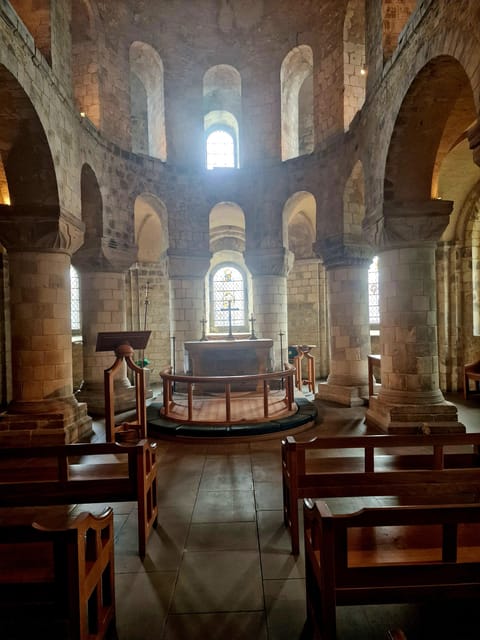
Visitors to the Tower of London should be aware of certain prohibited items and guidelines to ensure a seamless and enjoyable tour experience.
Large bags, oversized luggage, baby strollers, and non-folding wheelchairs are not permitted. This is to maintain the safety and flow of the tour.
Plus, participants should wear comfortable shoes and dress appropriately for the weather, as the tour involves extensive walking and exposure to the elements.
Individuals with mobility issues, back problems, or who require a wheelchair are advised that the tour may not be suitable for them.
It is recommended to consult a doctor if there are any health concerns prior to booking the tour.
Tour Logistics and Conditions
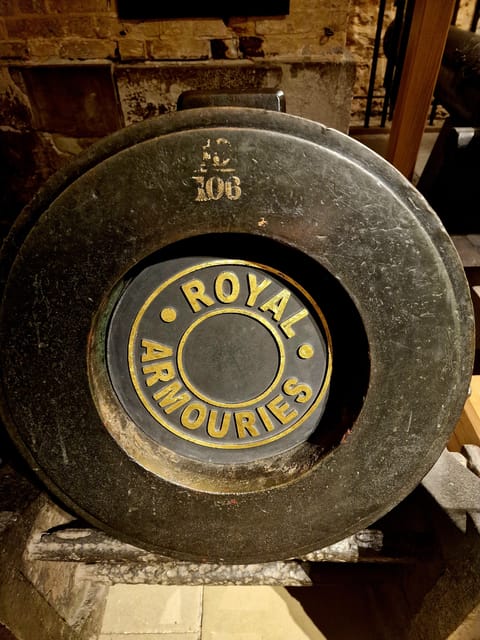
Reaching the Tower of London via public transportation is the responsibility of participants, as the tour does not provide any hotel pick-up or drop-off services.
Plus, no food or drink is included, and guide gratuity is not covered. It’s important to arrive on time, as late arrivals cannot be accommodated, and missed tours are non-refundable.
To ensure a smooth experience, consider these logistics:
- Participants under 18 must be accompanied by an adult.
- The tour operates in all weather conditions, so check availability for specific dates.
- Prohibited items include oversized luggage, baby strollers, large bags, and non-folding wheelchairs.
Sum Up

The Tower of London has long been a symbol of England’s royal heritage. Its iconic status is tied to the Crown Jewels, a dazzling collection housed within its walls. Beyond these treasures, the Tower’s complex history reflects the power dynamics and political narratives that have shaped the country. As a fortress, prison, and royal residence, this historic site offers a unique glimpse into England’s past.
You can check availability for your dates here:More Historical Tours in London
More Tour Reviews in London
- London: British Museum Audio Guide & Small Group Entry
- London Twilight Walking Tour Lights, Legends and the Thames
- Black Cab Tour of London – Premium Sightseeing Taxi Tour
- Buckingham Palace: Walking Tour with Entry & Audio Guide
- East End London Instagrammable Street Art and Graffiti Tour
- Changing of the Guard, Big Ben, Thames & Tower of London Tour
Not for you? Here's more nearby things to do in London we have reviewed
- London: British Museum Audio Guide & Small Group Entry
- London Twilight Walking Tour Lights, Legends and the Thames
- Black Cab Tour of London – Premium Sightseeing Taxi Tour
- Buckingham Palace: Walking Tour with Entry & Audio Guide
- East End London Instagrammable Street Art and Graffiti Tour
- Changing of the Guard, Big Ben, Thames & Tower of London Tour
- British Museum Highlights, Private Tour: How Beauty Was Born
- Indian Cooking Masterclass in London
- Exclusive Beefeater Meet & Greet at the Tower of London
- Kent, the Garden of England Independent Full Day Private Tour
- Great Brixton History and Culture Experience
- Small Group Historical Pub Tour, Beer Included
